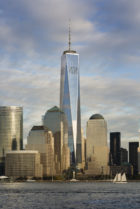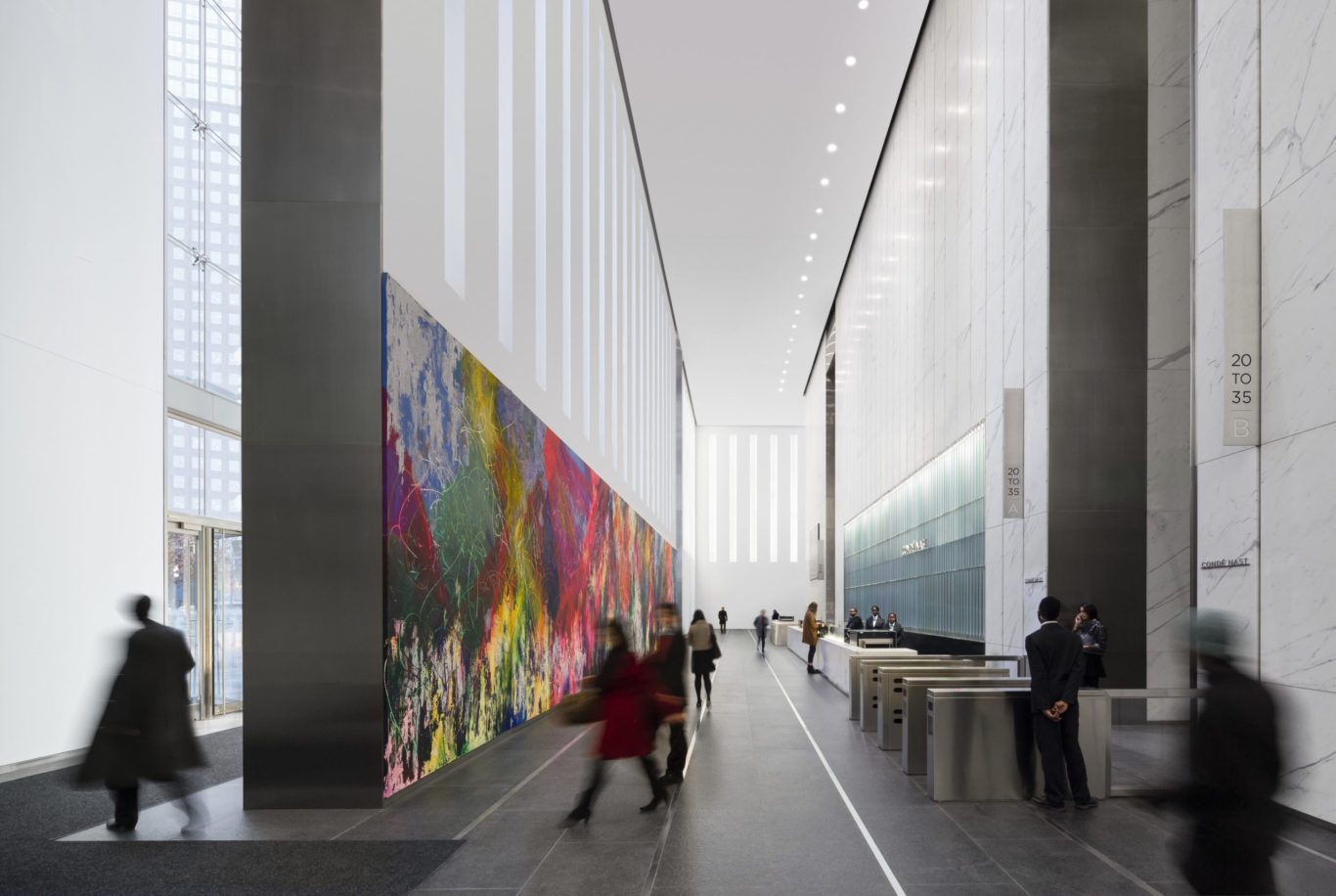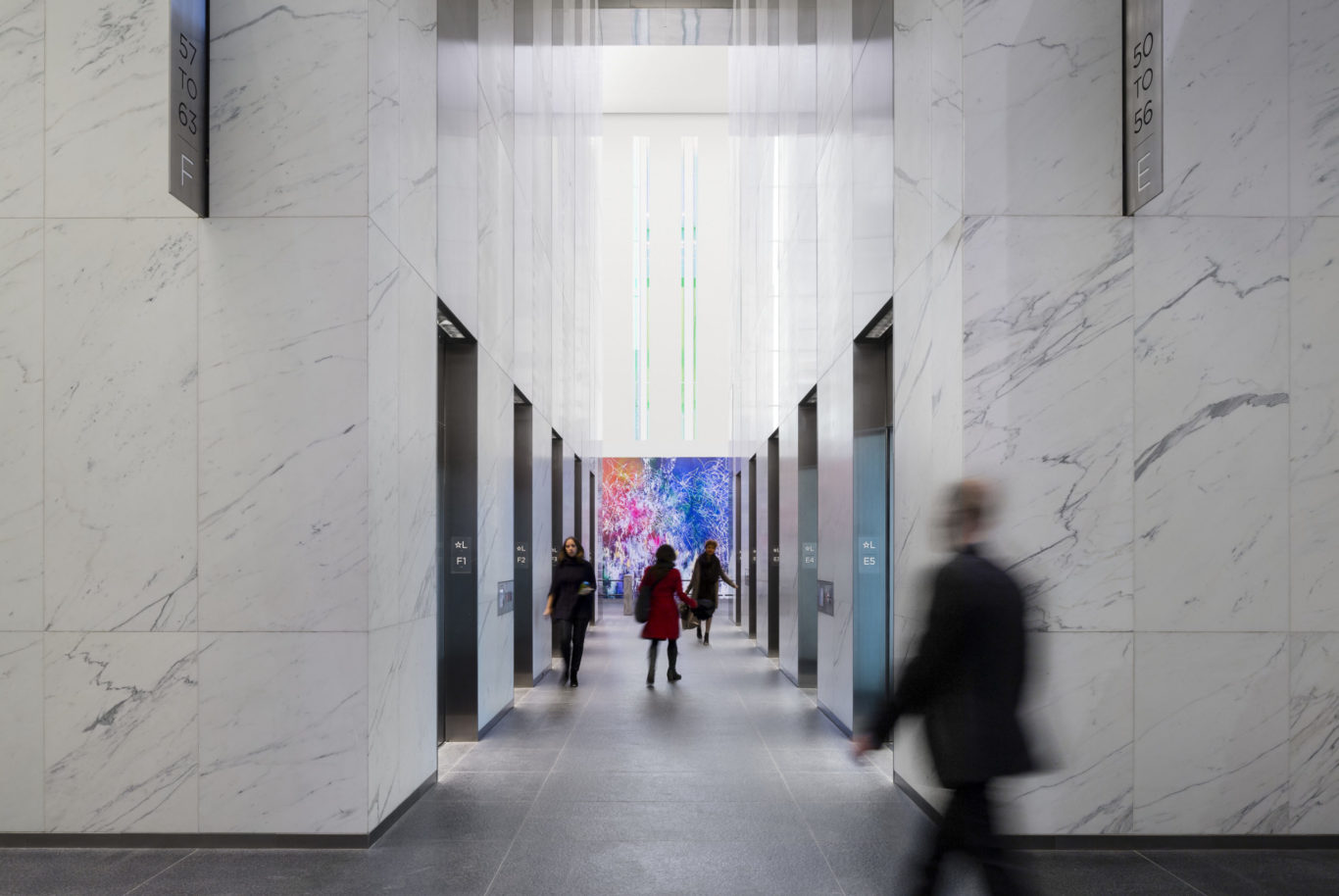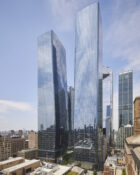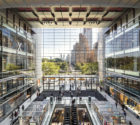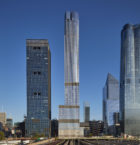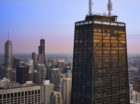Reclaiming the skyline
The 2014 completion of One World Trade Center marked a major milestone in the history of New York City. More than 13 years in the making, the 104-story, 3.5-million-square-foot, 1,776-foot tower — the tallest in the Western Hemisphere — recaptured the New York skyline, reasserted Lower Manhattan’s preeminence as a global business center, and established a new civic icon for the country.

One World Trade Center was designed as a memorable architectural landmark — a symbol of the American spirit, with a simplicity and clarity of form that will remain fresh and timeless. While the adjacent World Trade Center Memorial speaks of the past and of remembrance, One World Trade Center’s faceted form speaks about the future and about hope. As the tower rises from a cubic base, its edges are chamfered back, resulting in a faceted form composed of eight elongated isosceles triangles. At its middle, the tower forms a perfect octagon in plan and then culminates in a glass parapet whose plan is a 150-foot-by-150-foot square, rotated 45 degrees from the base. The building’s overall effect is that of a crystalline form that captures an ever-evolving display of refracted light. As the sun moves through the sky or as viewers move around the tower, the surfaces appear like a kaleidoscope, changing with the weather and position of the sun.

